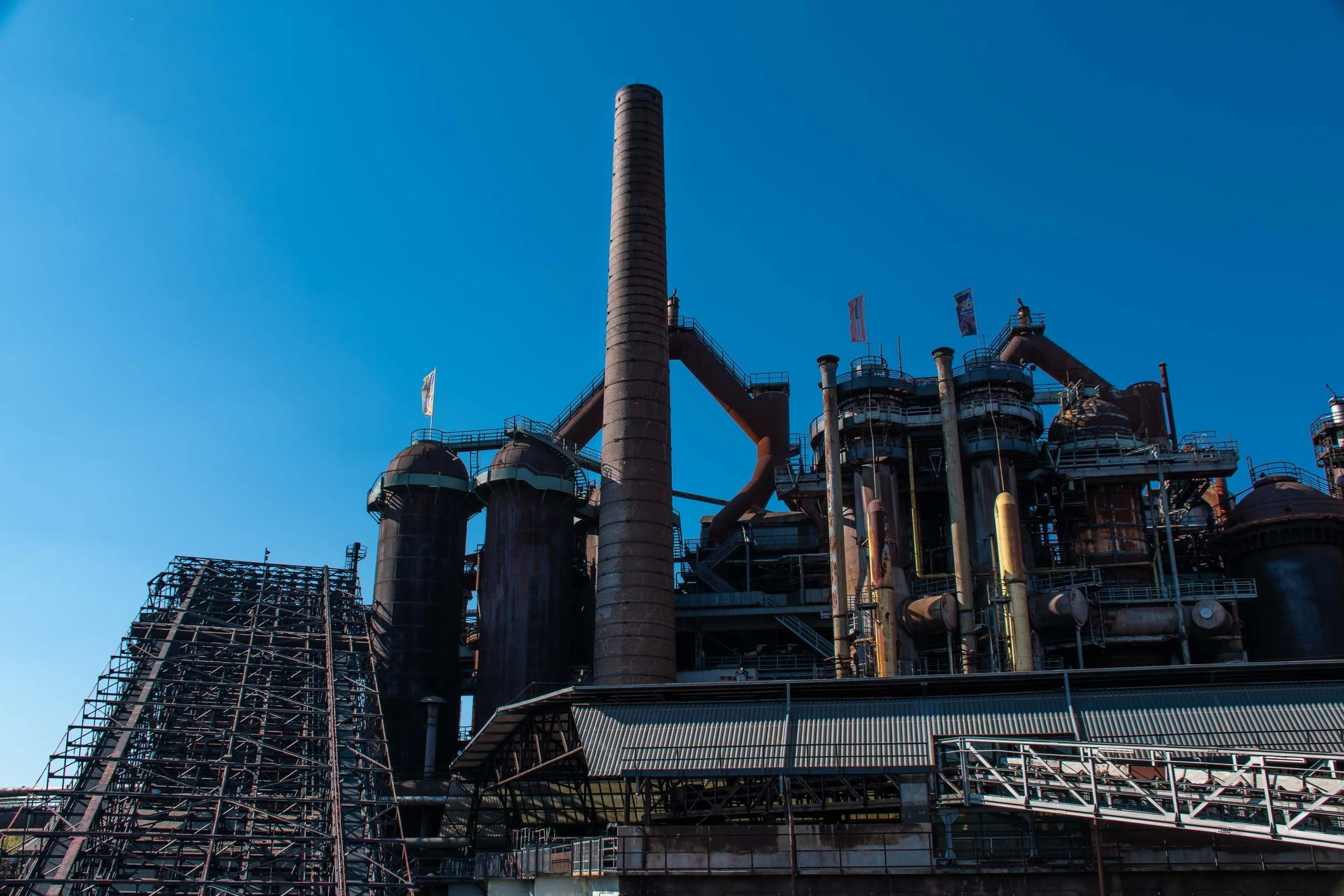EU to Slash Steel Import Quotas and Hike Tariffs to 50%
UNESCO World Heritage Völklinger Eisenhütte, Saarland, Germany, the largest producer of crude steel in the European Union (Flickr).
On October 7, the European Commission will propose cutting steel import quotas by nearly half and raising tariffs on volumes above those limits to 50 percent .
The EU’s plan aims to protect the European steel industry from global overcapacity and subsidized imports. According to Reuters, European steel groups have expressed concerns that existing quotas are outdated and exceed original levels by around 26 percent, even as steel demand has declined.
As per Politico, Stéphane Séjourné, the Commission's executive vice president for industrial strategy, assured industry groups that the new tariffs would bring EU measures in line with U.S. and Canadian protections during a closed-door summit. The new system would replace safeguards that currently expire in mid-2026 under WTO rules.
Current quotas allow a baseline of steel imports at lower or zero duties. The proposed change would slash the baseline and hit excess imports with a punitive 50 percent tariff—up from the current 25 percent in most cases, according to Reuters. Steel groups have long supported tighter limits, stating that excessive imports hurt domestic producers.
In March 2025, the EU tightened its steel safeguard measures by reducing the annual growth rate of import quotas from 1 percent to 0.1 percent according to the European Commission. These steps, which were expected to reduce steel import flows by around 15 percent, foreshadowed the more aggressive trade action currently proposed.
The EU likewise hopes the proposal will align with White House initiatives to keep excess Chinese steel out of global markets. According to Reuters, the EU affirmed it would coordinate closely with Washington in a "metals alliance" to safeguard the industry.
In return, the EU hopes this will secure lower US tariffs. According to Reuters, the new system could aid in materializing a deal with the United States to replace the 50 percent U.S. tariffs with a quota system.
As per the Financial Times, Séjourné asserted that the EU can not be “naive,” in reference to China—“We refuse to be open without limits to foreign overcapacity. We refuse to accept dumping prices made possible by massive subsidies.”
The regulation requires approval by the European Parliament and a weighted majority of member states. It has, however, received critiques from several EU member states and organizations. Countries with heavy machinery or auto sectors warn that the move could raise input costs and stoke inflation. The European Automobile Manufacturers Association (ACEA), which represents car producers, has already voiced concerns about negative effects, calling for the new measures to be tentative, according to the Financial Times.
Nonetheless, Séjourné has doubled-down, saying “minority interests” will try to block the proposal and asked for support to “overcome resistance,” the Financial Times reported.
Ultimately, if approved, the proposal could shift risk onto importers and exporting nations, leading to supply chain pressures, cost pass-through, and retaliation. European steel producers hope the proposal will bolster competitiveness, preserve jobs, and rebalance markets. Skeptics caution that downstream industries (namely the automotive industry) may bear the burden of cost increases.

